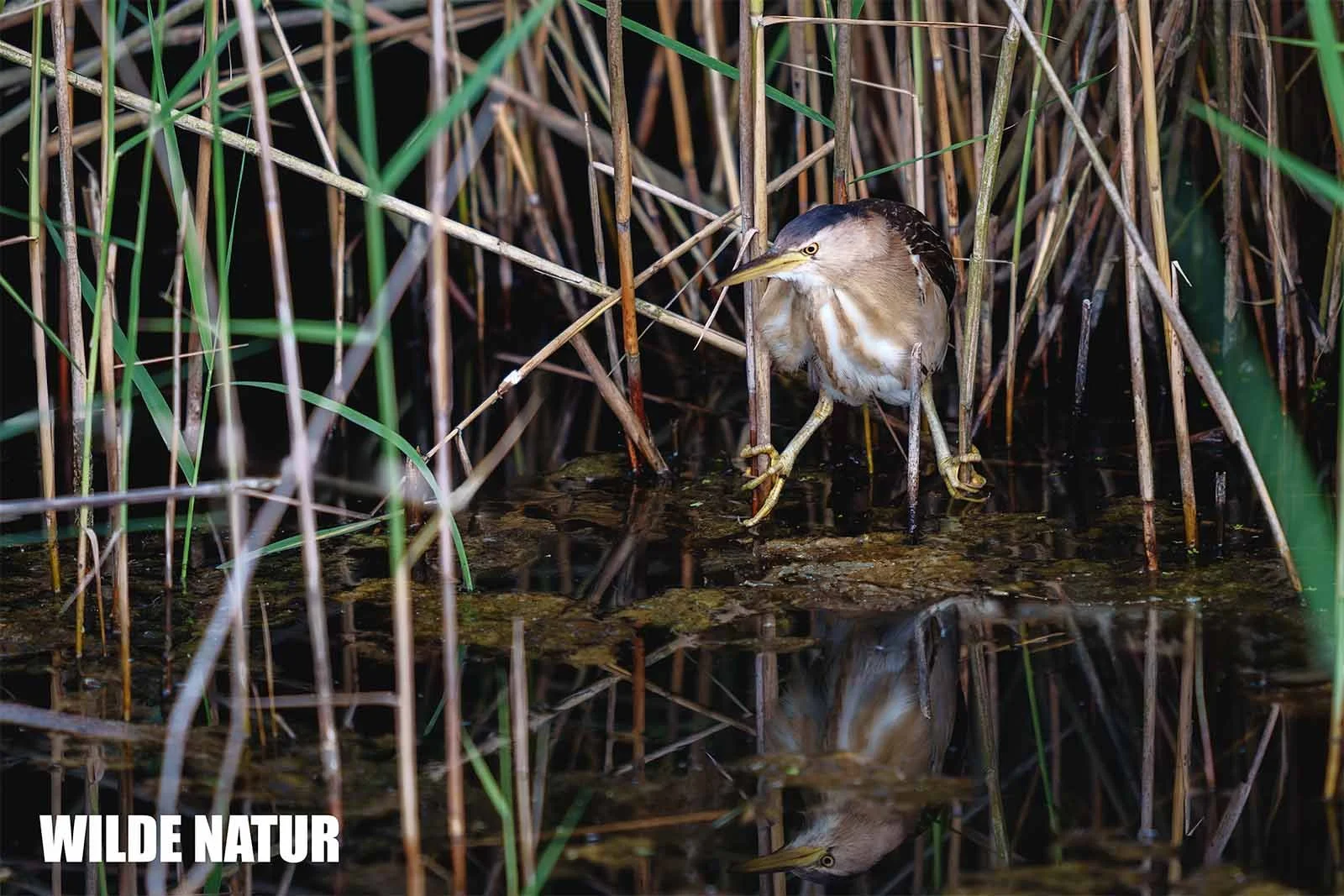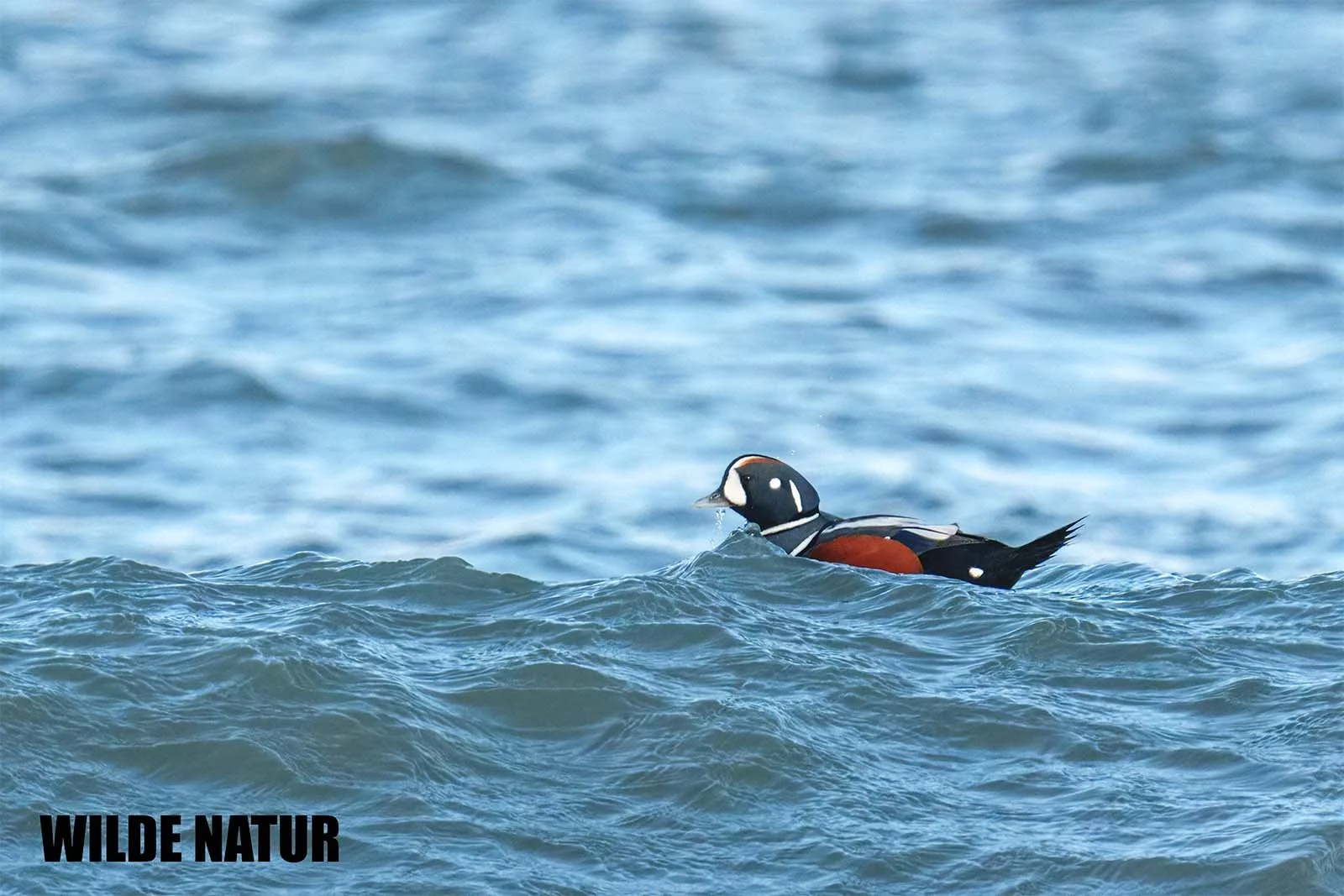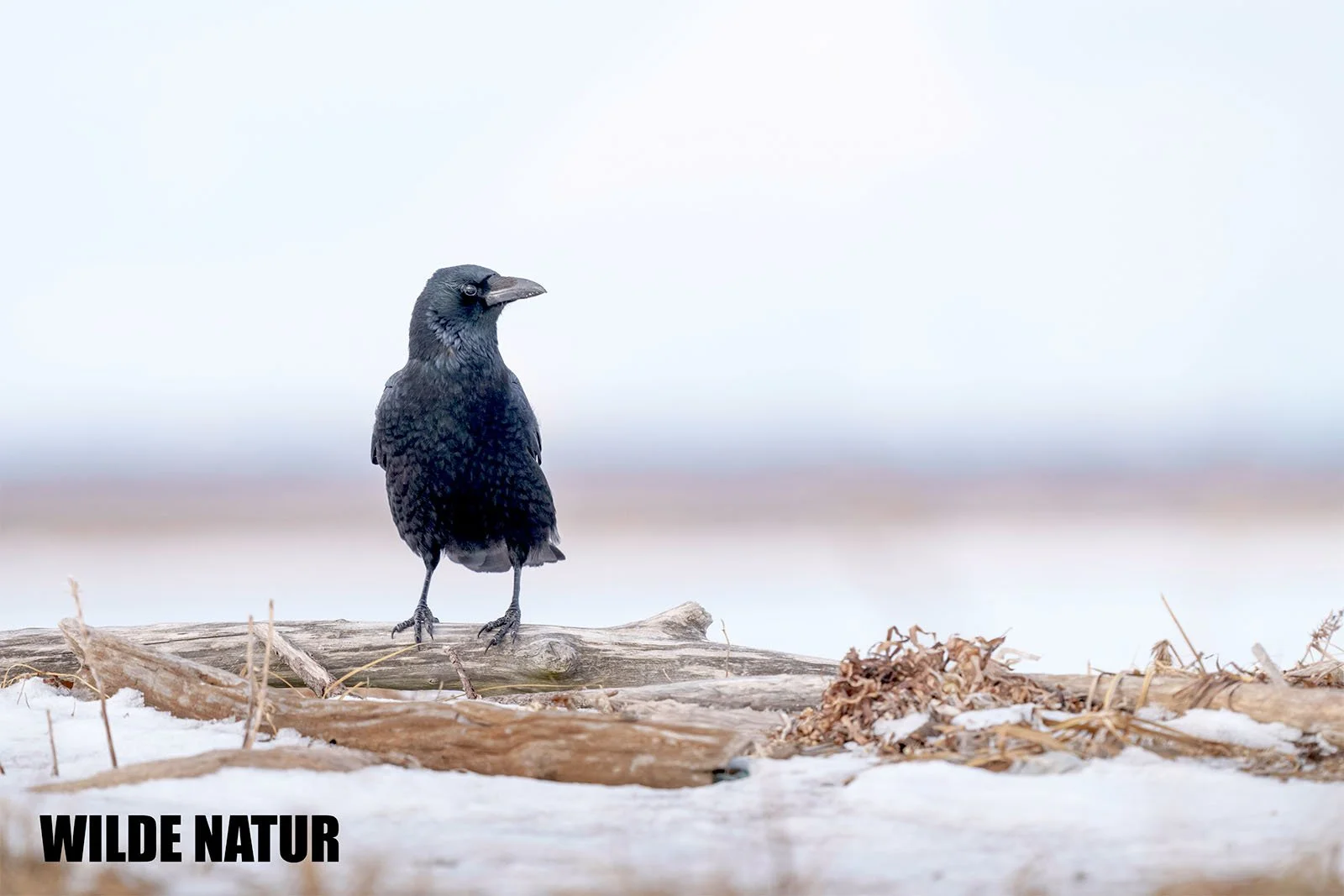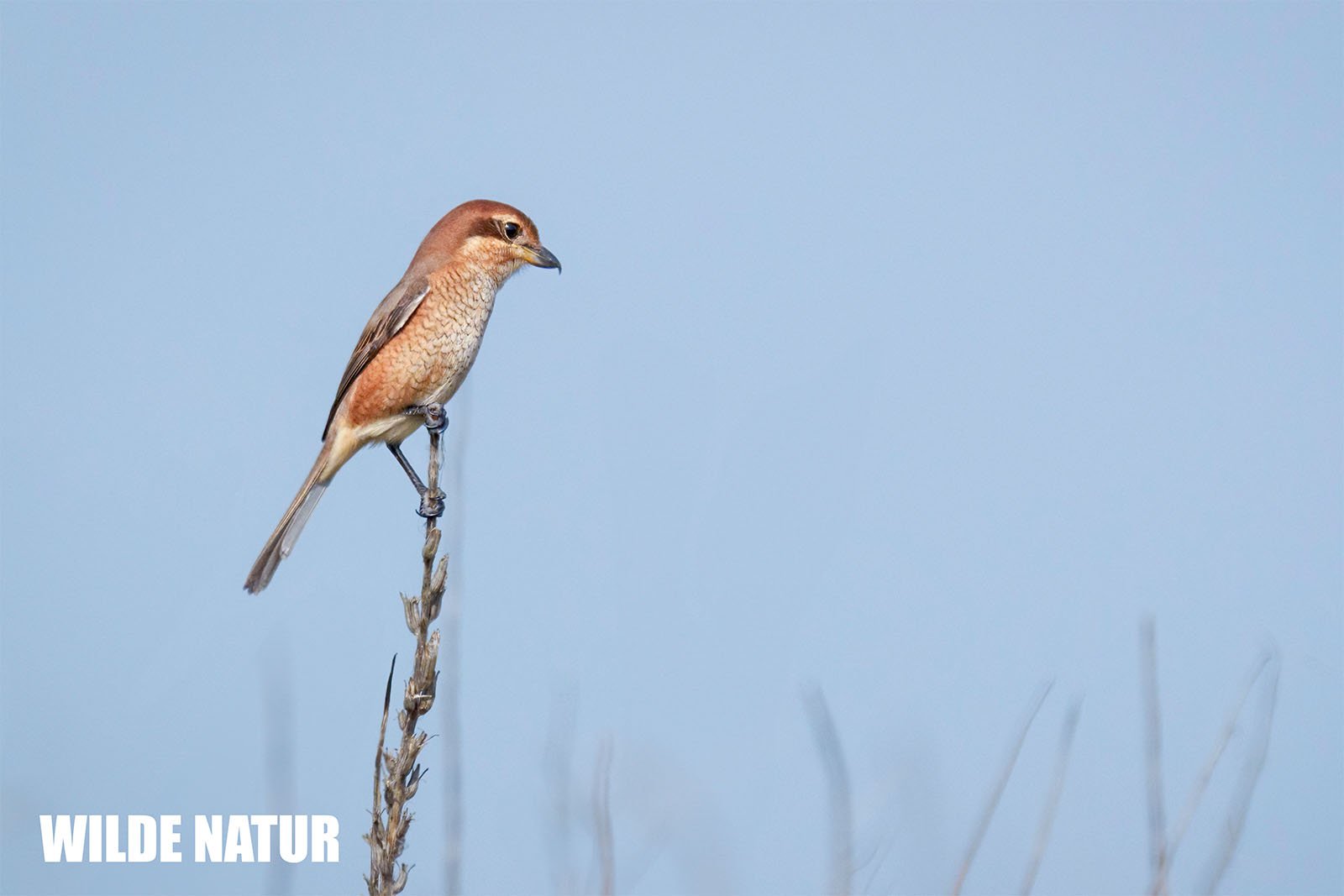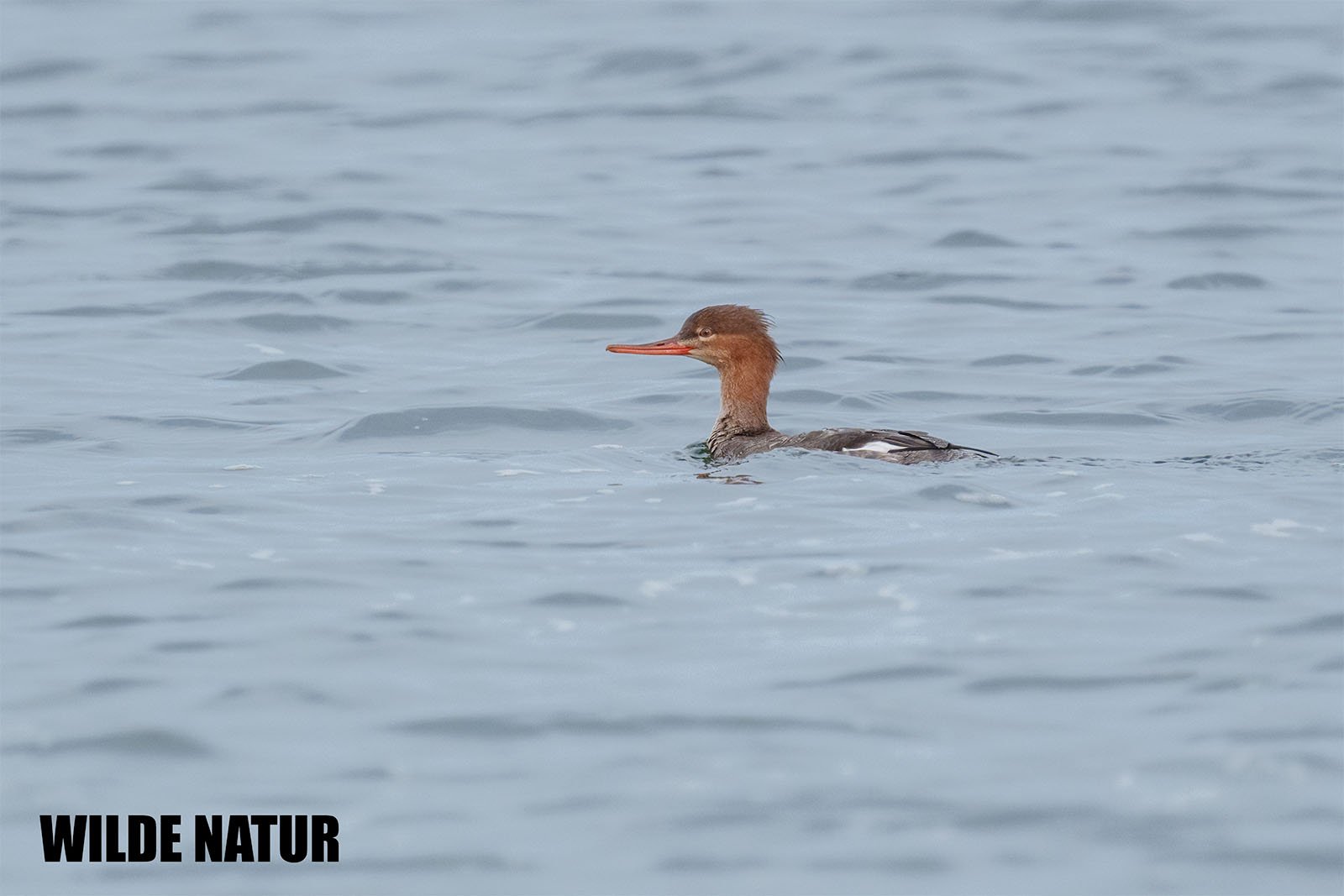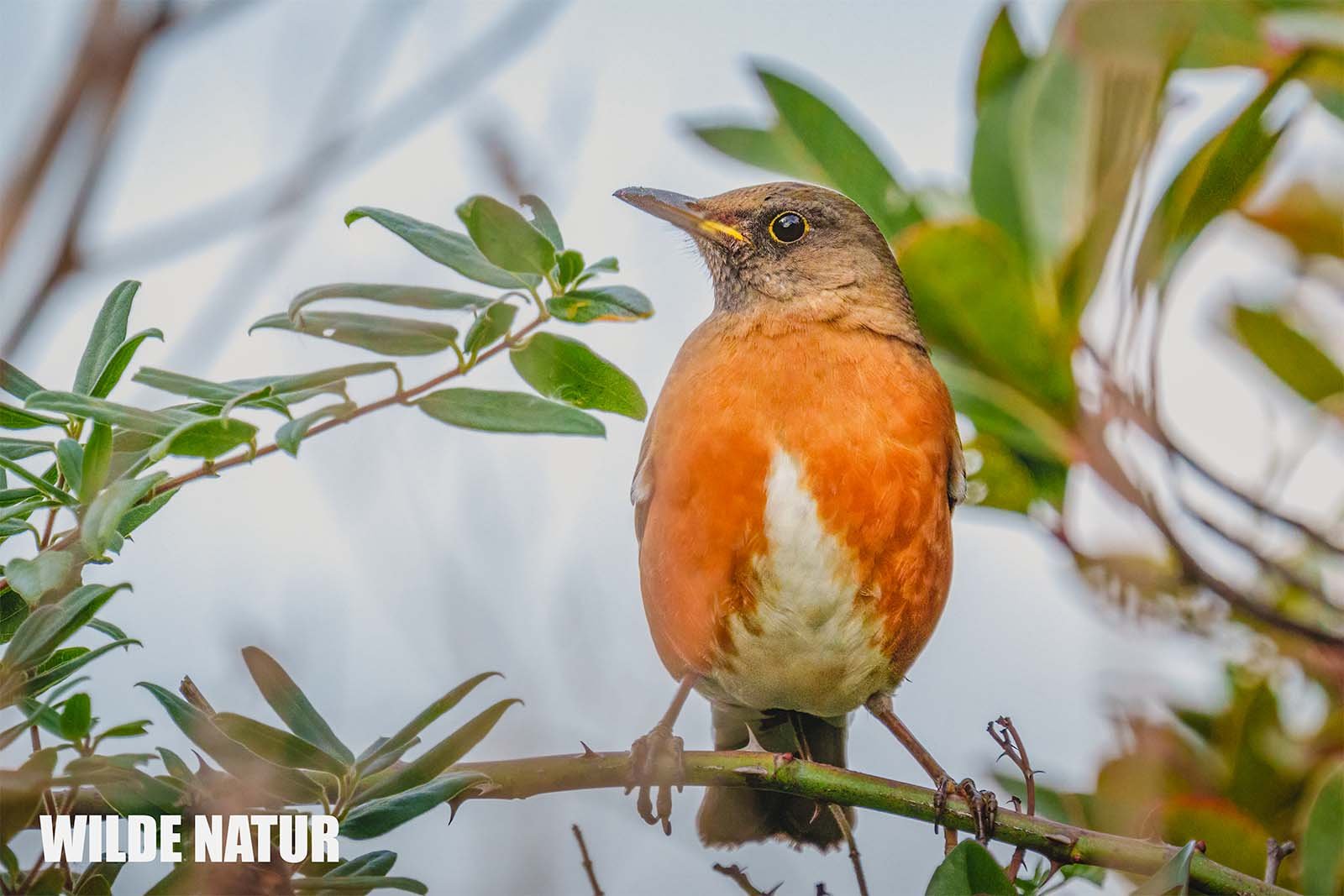Brown dipper (Cinclus pallasii)
Brown dipper stands on a rock beside a stream, surrounded by stones.
The Brown Dipper – A Specialist of the Current
The Brown Dipper (Cinclus pallasii) is a unique diving bird of Japan—unassuming, diving, and active year-round in clear mountain streams.
At a Glance
- Scientific Name: Cinclus pallasii
- German Name: Pallaswasseramsel
- English Name: Brown Dipper
- Size: approx. 22 cm
- Weight: approx. 70–90 g
- Plumage: Uniform dark brown with a velvety sheen
- Habitat: Clear, fast-flowing mountain streams in Japan
- Diet: Insect larvae, small crustaceans, worms
- Breeding: 4–5 eggs, nest located near water
- Migration Behavior: Resident with minor winter movements
- Status: Not threatened, requires clean water
Table of Contents
- Introduction
- Size, Shape, and Color
- Habitat
- Diet
- Breeding Behavior
- Seasonal Movement and Migration
- Significance and Conservation
- Profile
- Conclusion
Introduction
Not all birds fly through forests or over fields. Some have specialized in a completely different element—water. The Brown Dipper, also known by its scientific name Cinclus pallasii, is precisely such a case. It lives where the water is clear, cold, and fast—namely, in Japan’s mountain streams.
Size, Shape, and Color – Unassuming, yet Distinctive
Measuring about 22 cm in length and weighing between 70 and 90 g, the Brown Dipper is one of the more robust passerines. Its silhouette appears compact, almost rounded, with a short tail and a dark, pointed bill.
What makes it seem inconspicuous at first glance is its uniformly dark brown plumage. Depending on the light, it can exhibit a velvety sheen reminiscent of dark chocolate. In flight, it appears low, swift, and flappy—and along the stream bank, it stands out by nodding on stones, a trademark behavior.
Habitat – Always by the Water
The Brown Dipper resides year-round across all four main islands of Japan: Hokkaidō, Honshū, Shikoku, and Kyūshū. Its preferred habitat is clear, fast-flowing mountain streams in forested valleys.
These streams are often cold and oxygen-rich—exactly what this species needs. Even in winter, it remains active as long as the water isn’t completely frozen. During the coldest months, it simply moves a short distance downstream to areas where the water remains open.
Diet – Underwater Hunter
Few other songbirds deliberately enter the water like the Brown Dipper. It dives and swims, often even against the current, to locate prey. Its diet consists almost exclusively of aquatic invertebrates:
- Insect larvae (e.g., caddisflies, stoneflies, mayflies)
- Small crustaceans
- Worms
It methodically scans the streambed, probing under stones with its bill or diving completely underwater—a behavior seldom seen in other passerines.
Breeding Behavior – Nesting by the Water
Breeding season begins in spring, usually between April and June. The nest is constructed in crevices in cliffs, on bridges, or along riverbanks—always close to the water. It is a compact, globular structure made of moss and plant material.
The clutch consists of four to five eggs. Both parents share incubation duties and feed the young. After about three weeks, the fledglings leave the nest but remain close to their parents and the water.
Seasonal Movement and Migration – A Resident with Strategy
The Brown Dipper is a resident bird, meaning it remains in its territory all year. When higher-elevation streams freeze over in winter, it only temporarily moves to lower elevations until the ice thaws. It follows open water—rather than the climate itself.
Significance and Conservation – Indicator of Clean Water
In Japan, the Brown Dipper is not considered threatened. It is relatively common, provided its habitat remains intact. Because it can only survive in clear, clean streams, it is often regarded as an indicator species for healthy waterways.
Where the Brown Dipper thrives, water quality is usually very good.
Profile – The Brown Dipper at a Glance
| Characteristic | Description |
|---|---|
| Scientific Name | Cinclus pallasii |
| German Name | Pallaswasseramsel |
| English Name | Brown Dipper |
| Size | approx. 22 cm |
| Weight | approx. 70–90 g |
| Color | Dark brown, evenly colored |
| Diet | Insect larvae, small crustaceans, worms |
| Breeding Season | April to June |
| Nest Location | Crevices in cliffs, bridges, near water |
| Clutch | 4–5 eggs |
| Seasonal Behavior | Visible year-round, resident |
| Habitat | Clear, fast-flowing mountain streams in Japan |
| Conservation Status | Not threatened, but dependent on clean water |
Unassuming – Yet Absolutely Remarkable
The Brown Dipper is neither a flashy sight nor a songbird with a striking voice. But anyone who has seen it diving knows: this bird is a specialist perfectly adapted to its environment. And a quiet reminder of how precious clean water truly is.




